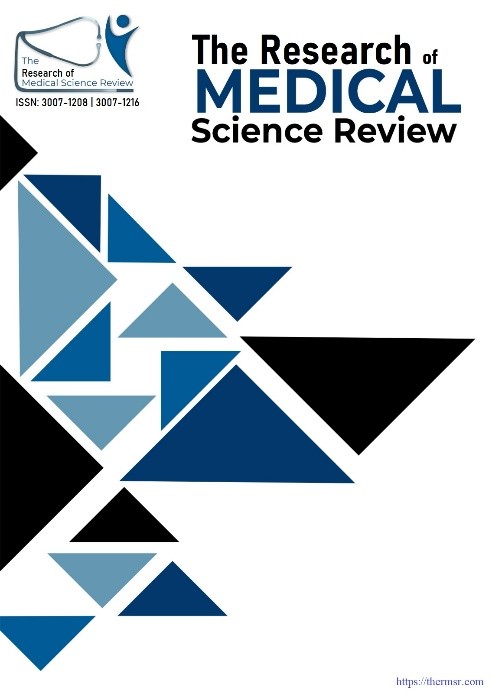FREQUENCY OF URINARY TRACT INFECTIONS IN PATIENTS WITH INDWELLING URINARY CATHETERS
Main Article Content
Abstract
BACKGROUND:
Urinary tract infections (UTIs) are among the most common microbial infections worldwide. Catheter-associated urinary tract infections (CAUTIs) represent a significant proportion of nosocomial infections, accounting for approximately 10–70% of all hospital-acquired infections, particularly in intensive care units. CAUTIs are associated with adverse clinical outcomes, including increased length of hospital stay, patient discomfort, functional limitations, elevated healthcare costs, and higher morbidity and mortality due to complications such as bacteremia and septicemia.
OBJECTIVE:
To determine the frequency of urinary tract infection in patients with indwelling urinary catheters in the Department of Medicine at Lady Reading Hospital, Peshawar.
METHODS:
This cross-sectional study was conducted at the Department of Medicine, MTI–Lady Reading Hospital, Peshawar, over a period of six months following approval from CPSP. A total of 169 patients aged 30–80 years with indwelling urinary catheters inserted for more than three days were included through consecutive non-probability sampling. Patients with pre-existing UTIs, urinary tract abnormalities, malignancies, immunosuppressive therapy, or recent urological procedures were excluded. Urine samples were collected aseptically and analyzed microscopically by a microbiologist for the presence of more than five pus cells per high-power field. Data were analyzed using SPSS version 23.0. Frequencies and percentages were calculated, and associations were evaluated using Chi-square or Fisher’s exact test, with p ≤ 0.05 considered significant.
RESULTS:
Out of 169 catheterized patients, 62 (36.7%) developed urinary tract infection. No statistically significant association was observed between UTI and age (p = 0.358) or gender (p = 0.121). However, a significant association was found with diabetes mellitus, as 51.5% of diabetic patients developed UTI compared to 27.2% of non-diabetics (p = 0.002). Similarly, antibiotic use was significantly associated with UTI, with 52.1% of patients who received antibiotics developing infection compared to 25.0% among those who did not (p = 0.001).
CONCLUSION:
The study identified a high frequency of catheter-associated urinary tract infection in hospitalized patients. Diabetes mellitus and prior use of antibiotics were significantly associated with an increased risk of UTI, highlighting the need for targeted infection control strategies, vigilant monitoring, and antibiotic stewardship in catheterized patients.
Downloads
Article Details
Section

This work is licensed under a Creative Commons Attribution-NonCommercial-NoDerivatives 4.0 International License.
